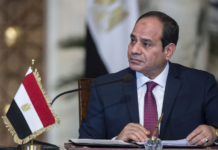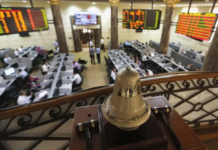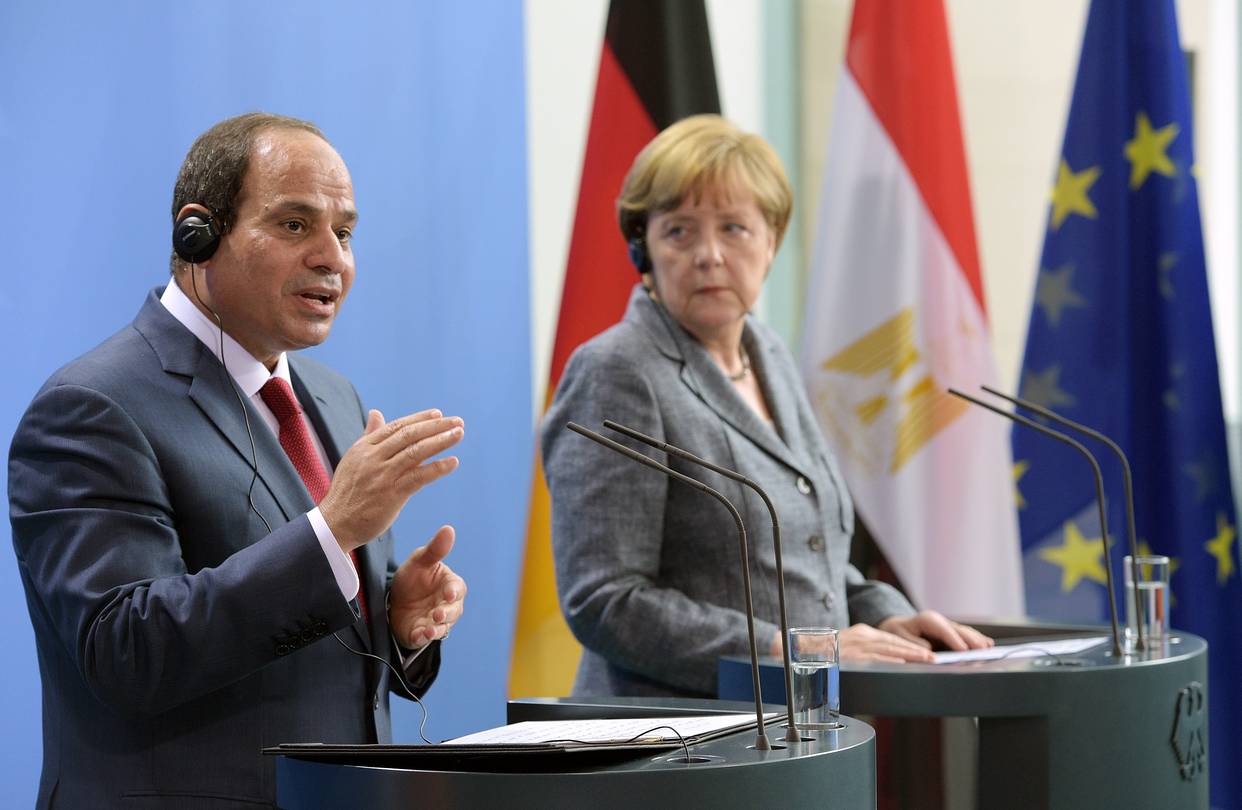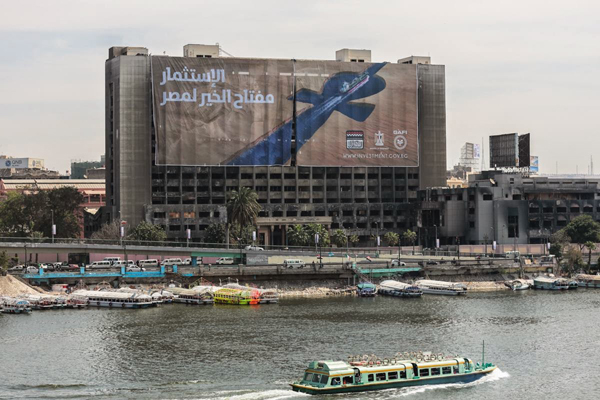By: Amira Elhamy
The moment you step in this ancient neighborhood, you will realize from the first glimpse that Egypt had a considerable golden era of its history. Your eyes will be saturated from contemplating the beautiful detailed ornaments and the unique architect of the neighborhood.
It is the ancient neighborhood of downtown in Cairo. History indicates that the neighborhood, was designed by prestigious French architects employed by Khedive Ismail , Khedive of Egypt and Sudan from 1863 to 1879. He was the one who stressed on the importance of urban planning for the first time in Cairo, to include broad, linear gridded streets, geometric harmony and modern European architectural style.
It was the centre of the city and once home to the prosperous elite of late 19th and early 20th century Cairo. It was demonstrating the Khedive’s vision for developing Egypt.
Downtown was for many years the hub for elegance and fashion; big chains like David Ades, Cicurel and many others were the most significant “fashion makers” in Egypt.
There is no doubt that downtown witnessed neglect and a state of deterioration for several years; however recently, considerable attention has been given to this historical neigh hood. Currently restoration works are being carried out; the restoration work are currently accomplished by several companies; Arab Contractors Co. and Ismailyia For Real Estate Investment are two of the main ones.
According to Ahram Online, Ismailyia for Real Estate Investment company has been on a mission since 2007 to buy out property in Downtown Cairo and refurbish the buildings to address the many structural issues that exist, and rent out these different spaces to not only residents, but also for cultural activities that attract a broad spectrum of society.
The Extravagant Dark Reddish Building!
One of the most beautiful buildings, you can never miss is the famous Gothic Davies Bryan building. It is located in Mohammed Farid street, formely, Emad El Din Street. According to Al Ismailiya website, John Davies Bryan, a Welshman, had run a small shop at 12 Bridge Street, Caernarfon, Wales. Shortly after he disembarked in Egypt, Bryan opened a shop in Cairo’s Continental Hotel under the trademark name of Davies Bryan which sold an array of imported goods including men’s and ladies’ hats, travel gear, draperies, hosiery and shoes. His fixed price policy eventually earned him his sterling reputation. As business expanded, Bryan sent for two of his brothers, Edward and Joseph. In Alexandria they opened a large store on Cherif Pasha Street. In Cairo, the Bryans commissioned Williams to design the building, which was completed in 1910.
Some of downtown citizens name the building “El Shorbagi building”. The building hosts at its ground floor, “Stephenson& Co. Chemists”; it is one of the oldest pharmacies in Cairo, which was established 120 years ago, says pharmacist, Ibtesam, who is working in “Stephenson & Co. Chemists”.The building also hosts Anglo- Egyptian Bookshop, which was established in 1928; the bookshop employee explains that Davies Bryan building is considered one of the biggest buildings in downtown; it has three different gates overlooking 3 different streets he explains, which are Mohamed Farid street, Adly street and Abdel Khalek Tharwat street and each gate makes an entrance for a block of the building.
The architect of Davies Bryan building is unmatched; it actually has the magnificence of being a huge building overlooking 3 streets, while having detailed ornaments and initials over its outer walls.
The Islamic design at its best!
Most of downtown buildings reflect the European architectural design, as Baroque and new Baroque; for that reason a building that reflects the Islamic architect will significantly stand out with the European atmosphere!. The building that reflects the Islamic architect in downtown is located in 11 Al Sherifen street next to the Egyptian bourse. Research indicates that the building was built by an Austrian architect in 1910. After its restoration work, the building stands glowing in four main colors, the off-white color, the brown, and gold. The off- white is the colors of the building, blended with the brown color which covers the wooden arabesque designs that decorate some of the outer parts of he building. The unique building has got also calligraphy scriptures on its sides; the scriptures has been written in gold over green pallets decorating the building side that is overlooking Kasr el Nil street.
The gates of the building is extremely different from the rest the gates of other buildings in downtown; they are significantly huge gates, made of wood, decorated with designs made of copper. As for the sealing of the building they are decorated in colored paintings reflecting the pure Islamic design, which combines colors with gold scriptures.
The building is located only few blocks away from the central bank of Egypt, that is overlooking Sherif street; there is actually an office for the central bank of Egypt in the building; an employee at the office of the CBE explains that the building reflects the beauty of the Islamic design, however, he notes that the internal state of the building is at risk. “I believe that some of the restoration work must be given to the infrastructure of the buildings; this is a must for certain buildings”, he notes.
Behlar and more renovations!
More buildings are currently undergoing more renovations; one of the most significant buildings is located in “Behlar pathway” one of the tallest commercial pathways in downtown. “Behlar” stands for the name of a Charles Behlar, a famous businessman born in Switzerland in 1868. He had enormous investments in Egypt, especially within the tourism sector; between 1927 and 1929, he built “Behlar” building in downtown and two buildings in Zamalek, where he used to live; “Behler” building in downtown is currently owned now by an insurance company, and it is witnessing considerable renovation work.
There is no doubt that downtown Cairo, is a neighborhood that is reflecting history, authenticity and glamour; through it had also witnessed neglected and deterioration, especially after January 25th Egyptian revolution, it is now being reborn again with all the renovation work that are currently taking place in “Paris along the Nile”, as they named it.















